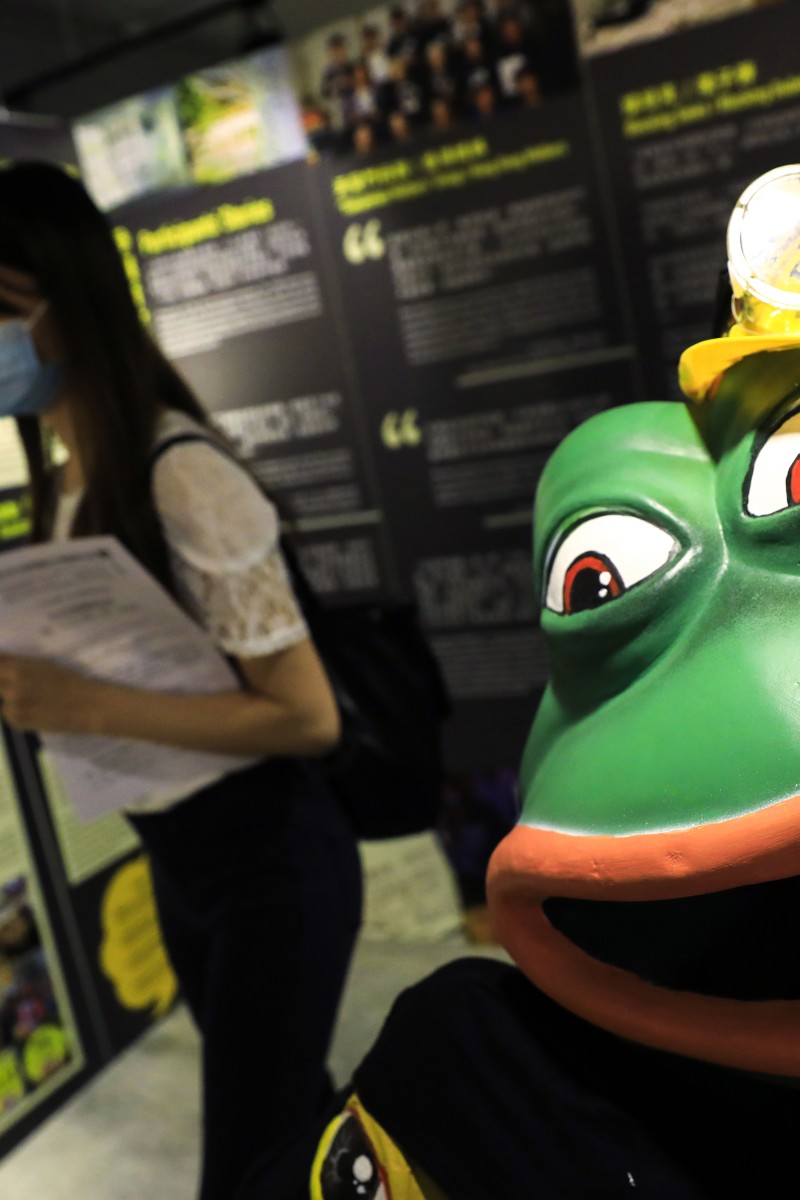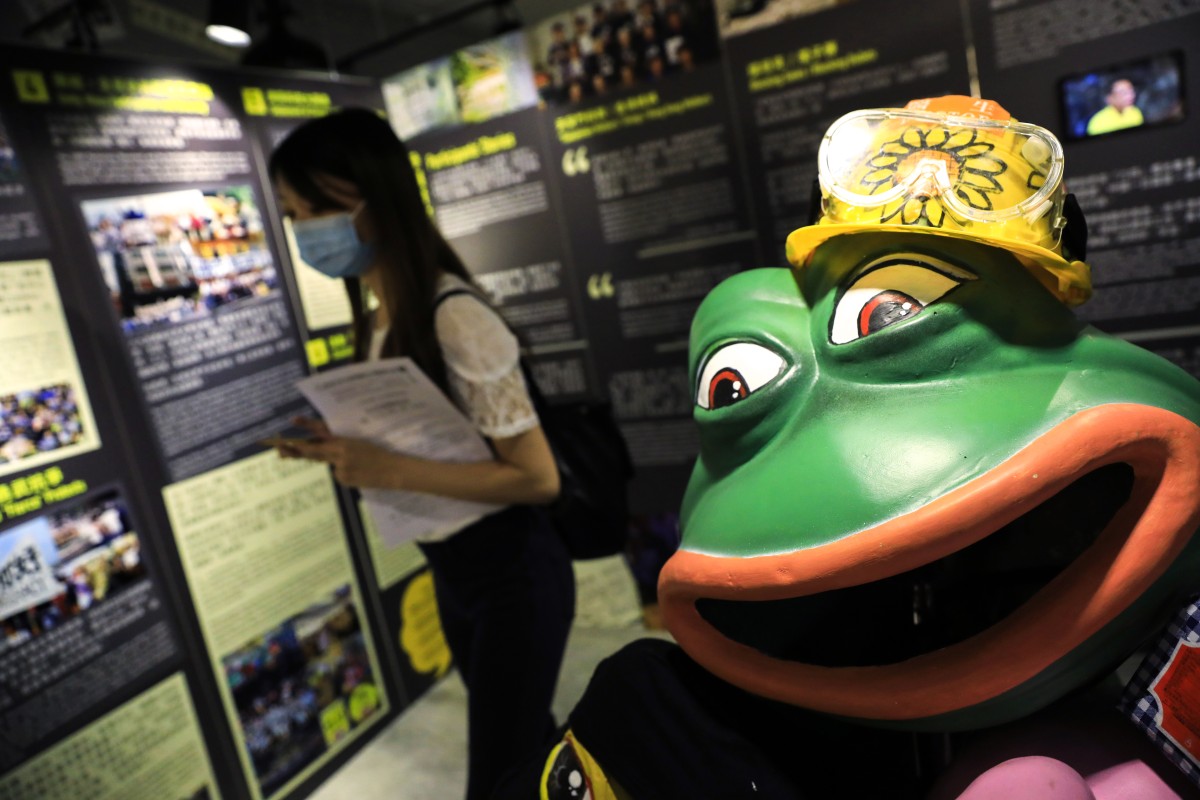
Tiananmen Square museum highlights the similarities between the crackdown, Hong Kong protests
- The museum says its important for Hongkongers to remember June 4, especially today
- The organisation believes it's important for people to hold the government accountable
 The new exhibition at the June 4 Museum connects the student-led democracy movement in Tiananmen Square to Hong Kong’s anti-government protesters. Photo: May Tse/SCMP
The new exhibition at the June 4 Museum connects the student-led democracy movement in Tiananmen Square to Hong Kong’s anti-government protesters. Photo: May Tse/SCMPThe June 4th Museum exhibits a wealth of information about the bloody Tiananmen Square crackdown on June 4th 1989, carefully collecting and preserving artifacts from the protests that surrounded it. This year’s exhibition is focused on critically comparing it with the anti-extradition bill protests in Hong Kong over the last year. The museum highlights the parallels of the events by using timelines, sharing slogans and displaying artifacts.
Bullet shells, shirts, helmets and other accessories are laid out in the museum. Along the walls are display boards explaining the events of June 4th and the current Hong Kong protests. A mini television plays recordings of moments from both events. There is a large bookshelf with books written in Chinese containing personal accounts of that period, and a board at the entrance shows photos from the 1989 protests and the protests happening in Hong Kong, including the iconic image of ‘Tank Man’. Banners with slogans like “Free HK!” and “Hello, Mr Democracy” are spread out around the museum, too.
30 Hongkongers reflect on the Tiananmen Square crackdown
We had the unique opportunity to interview Mak Hoi-wah, the chairman of the management committee at the June 4th Museum. His main role is to coordinate and update the annual exhibition. The museum also has a team of professional designers and architects to discuss the presentation of their annual exhibition and ensure that the exhibition is presented in both English and Cantonese, in order to maximise awareness.
“The modes of movements nowadays are different from the past, as people are more used to technology,” said Mak. Mak thinks it is crucial for people living today, as well as future generations, to remember the June 4th incident in light of what is currently happening in Hong Kong. He thinks the government should have a better way of handling conflict, saying that the more we understand history, the more we can work to avoid mistakes of the past.
The organisation believes that people have the right to hold the government accountable and bring the truth to the surface. The museum began in 2012 at a temporary location in Sham Shui Po, then moved to Tsim Sha Tsui in 2014. It faced many issues surrounding the sensitive nature of the information it was sharing, and unfortunately had to move again to Mong Kok in 2019, where it was vandalised by individuals attempting to damage the venue by pouring saltwater on the displays.
The museum powered on and is up and running, which goes to show that spaces like these are necessary in order to freely share information. “Even if we are not able to gather all the information and artifacts as a small organisation, having candlelight is important in the darkness,” said Mak.
Mak hopes that future generations in Hong Kong will remember this incident and that it will “remain in their hearts for a long time to come”. He hopes that young people will be conscious of their rights and responsibilities in society and that they will continue to stand up and speak out.